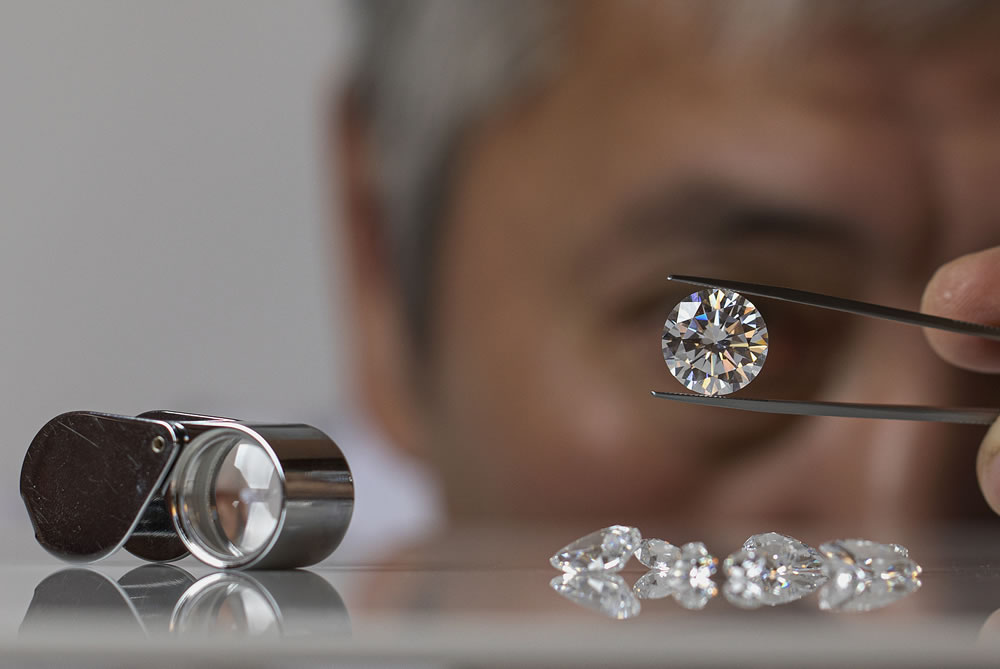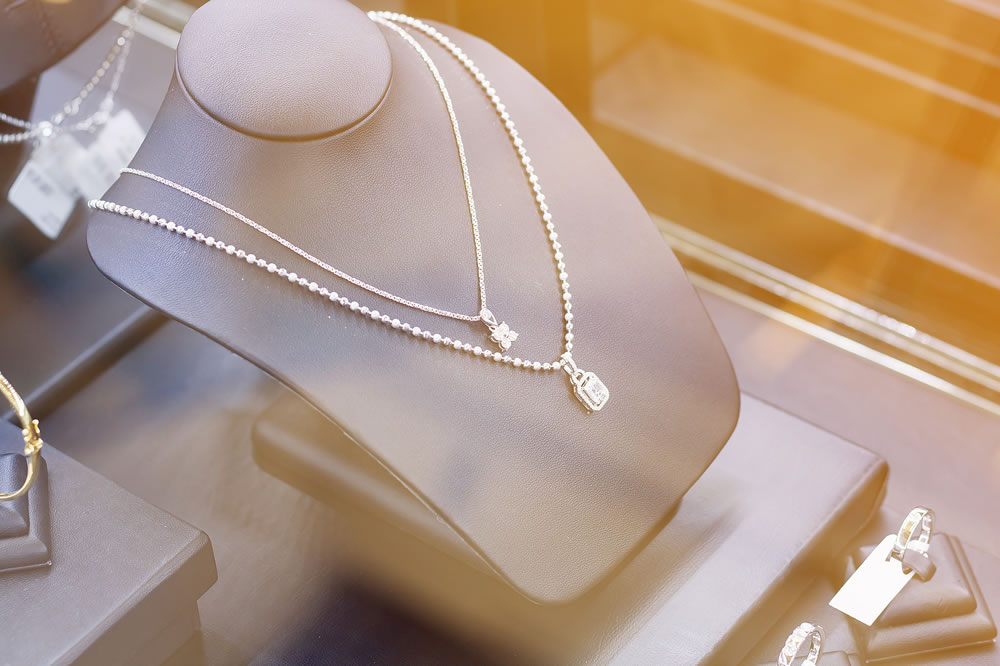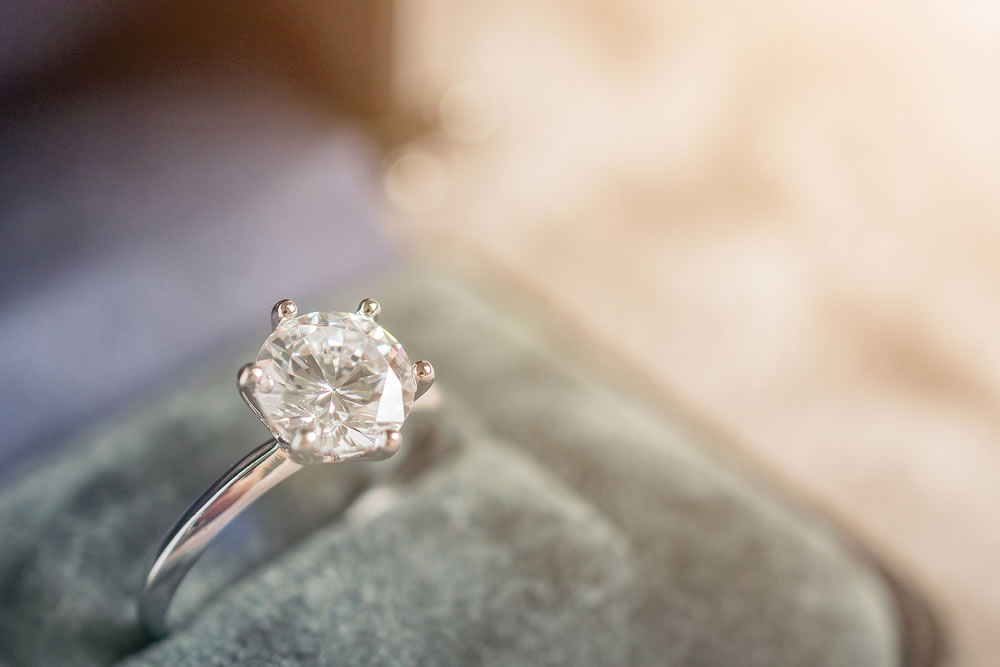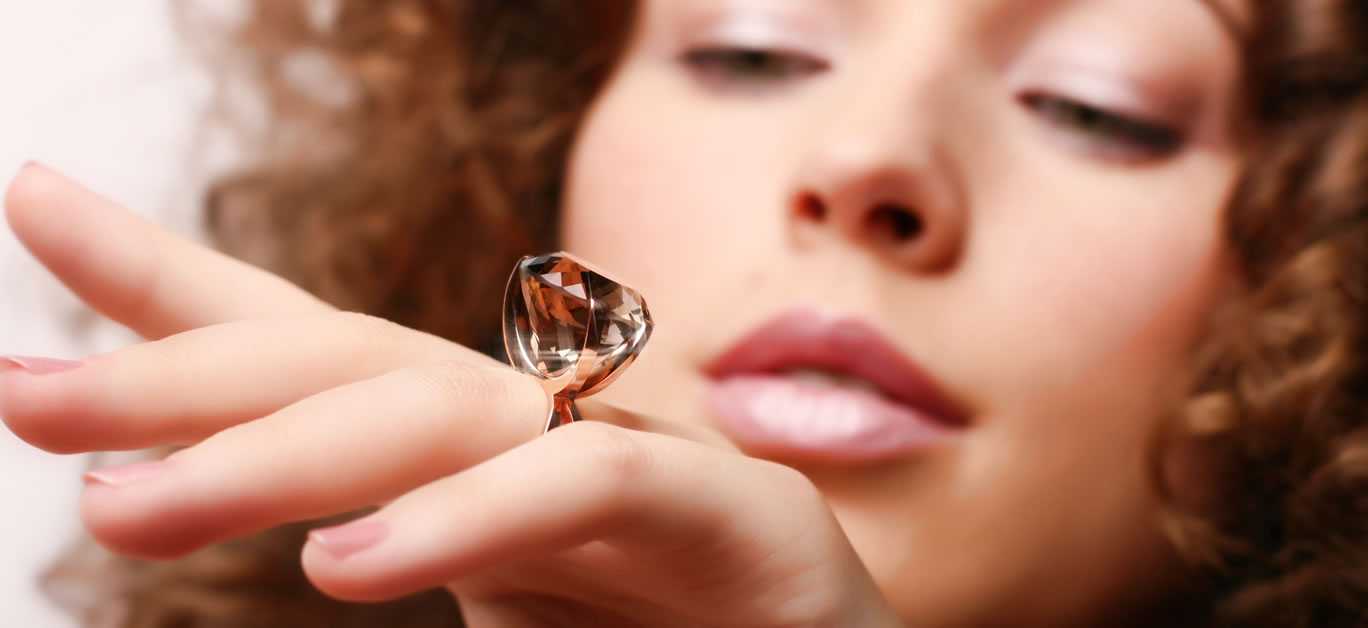It has often been said that diamonds are a girl’s best friend, and anyone who owns one of these sparkling luxury gemstones will be almost certain to tell you it’s true. From shimmering necklaces to glimmering engagement rings and earrings, diamond jewellery has the power to elevate any outfit in moments and add an untold air of opulence that exudes style and sophistication – but while wearing them couldn’t be simpler, buying the perfect piece of diamond jewellery is not a task to be taken lightly.
Learning a bit about what makes a diamond unique and valuable will ensure that when it comes to going shopping, you know what to look for – as while high-end jewellers will always be ready to give you their expert opinion, you’re the only one who knows the type of diamond jewellery you’ve got your heart set on, so you shouldn’t allow yourself to be swayed until you find the perfect pick. After all, diamond jewellery often comes with an eye-watering price tag, so if you’re going to be spending big, it needs to be worth the splurge.
From knowing your carats from your clarity to understanding the significance of cut, we’ve put together an essential guide to buying luxury diamond jewellery. Take these tips into consideration, and you can’t go far wrong, and will soon be wearing the opulent piece of jewellery you have always dreamed of owning.

Cut quality is king
There are four key factors to consider when shopping for diamonds – the cut, clarity, colour and carat. The cut is the most important of these when searching for your perfect ring, necklace or pair of earrings, as a well-cut diamond will make colour and clarity imperfections less noticeable and look brighter and shinier than its carat size.
Every piece of diamond jewellery – and individual diamond – should come with a grading report from a reputable laboratory that details all of its vital statistics, including cut. In the UK, this is done by the Gem Testing laboratory of Great Britain, while American buyers should look for paperwork produced by the Gemological Institute of America. There are many types of cuts to choose from – from cushion cut diamonds to pear shape and marquise – but with 58 facets, the round cut diamond offers incomparable brilliance, and has made it the most popular and highly-sought-after of them all.
Carat influences price more than anything else
The carat weight of a diamond is another important factor to consider, and also has a major influence on price. Prices-per-carat increase incrementally at certain benchmarks – namely 05, 1,0, 1.5 and 2.5, all the way up to 5.0. A diamond’s price increases exponentially as carat weight increases – so bear this in mind when shopping for diamond jewellery.
It doesn’t matter how beautiful or sparkly a diamond happens to look; its carat is still the major determining factor when it comes to price, regardless. So while you might have scored yourself an expensive looking cut, if the carat weight is reasonably low, then you can expect to pay a much more reasonable price for it than you would expect.

The colour vs clarity debate
When it comes to diamonds, clarity refers to the absence of imperfections, while colour pertains to the absence of colour. These two factors also contribute to the value of a diamond, although not as much as you might have first thought.
If you have a particular budget in mind for your diamond jewellery, you might not be willing to stretch to a gem which scored highly on all of the four Cs, and may have to choose between colour and clarity – although which of the two will depend on the shape of the diamond you have chosen, as some diamond shapes are able to disguise imperfections better than others. If you’re shopping for one of the shapes – such as round, princess or brilliant – that does, then prioritise colour instead.
All four of the Cs can impact upon a diamond’s appearance and overall beauty, colour included. The colour-grading scale for diamonds ranges from D to Z, with the presence and intensity of colour increasing with each letter. Z represents a light yellow or brown, while a diamond that scores D or E will be almost completely colourless. If you’re looking for a colourless diamond, then look for side stones that are the same or lower in colour than the centre diamond – so for example, if your centre diamond is H, then your side diamonds should be H, I or J.
Buying a diamond ring? Consider the style you want first
While most people shopping for diamond engagement rings primarily concern themselves with the diamond itself, the band can play just as important a role in how the ring looks overall.
Rather than buying off the shelf, consider having your ring custom made so that you can choose the exact style you like and that best suits your taste. In doing so, you can take your pick of the metal colour that best complements your skin tone, as well as the arrangement of the stones and canopy for an engagement ring that is as plain or as intricate as you like.

A band paved with diamonds will undoubtedly make for a dramatic effect, but a delicate halo setting is a more understated choice that will look chic and sophisticated without being ostentatious and is a timeless style that will look just as good in years to come as it does now. A solitaire setting, too, is a traditional and minimalistic choice that will never age, so take the time to look at the options and try them on before making your final choice.
The bottom line
Choosing the perfect piece of diamond jewellery is not a process to be rushed, and taking the time to understand the four Cs will get you a long way when it comes to making the right pick. If you are looking for quality jewellery online, you should pay special attention to the imagery used as high-quality jewellery photography is one of the crucial indicators of trustworthiness. If you are visiting in-store, chat to your chosen jeweller and let them know what you’re looking for, and be sure to try a few styles on before making your final decision. A valuable piece of jewellery such as this is an investment piece that will stay in your family for years to come, so getting it just right is essential.






















